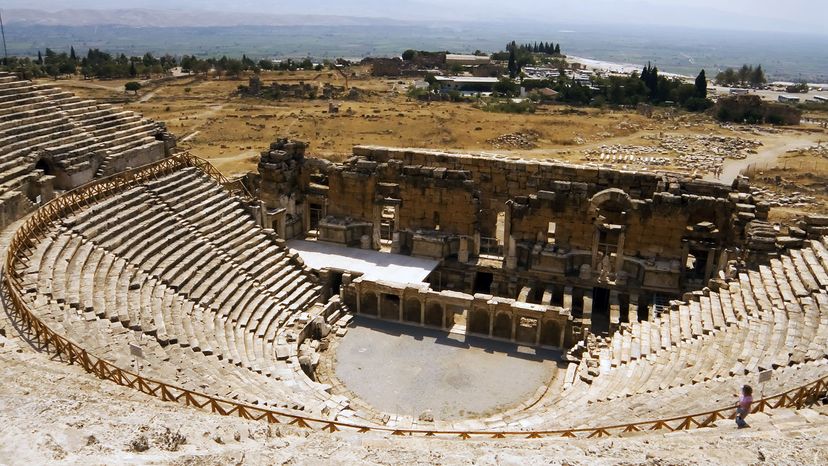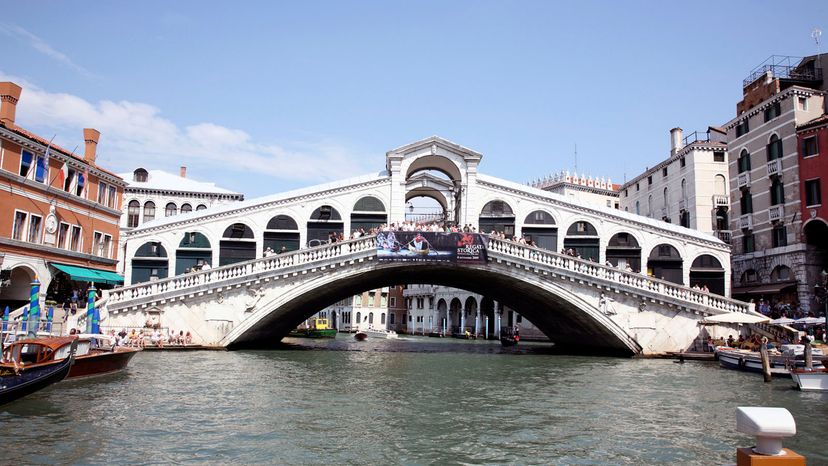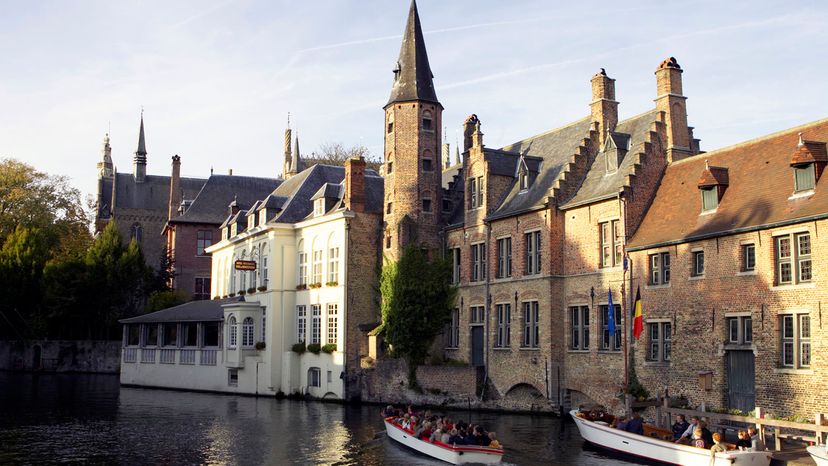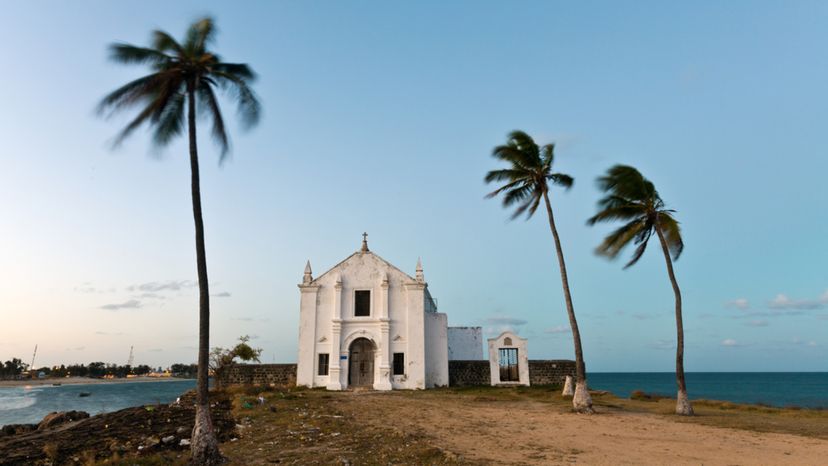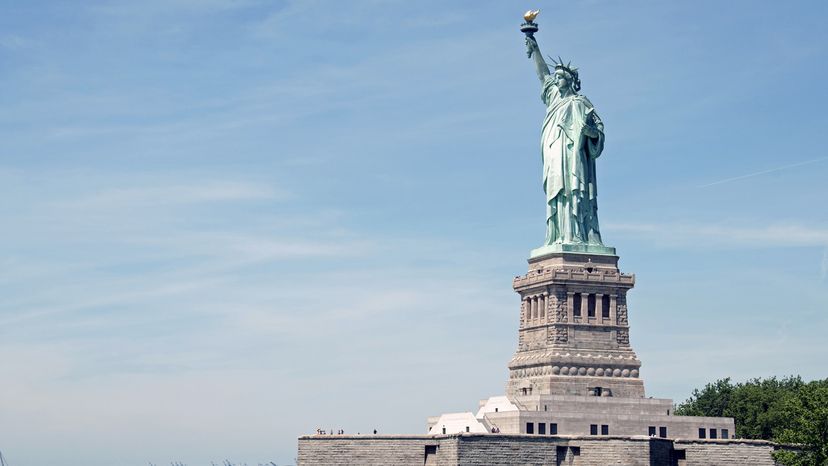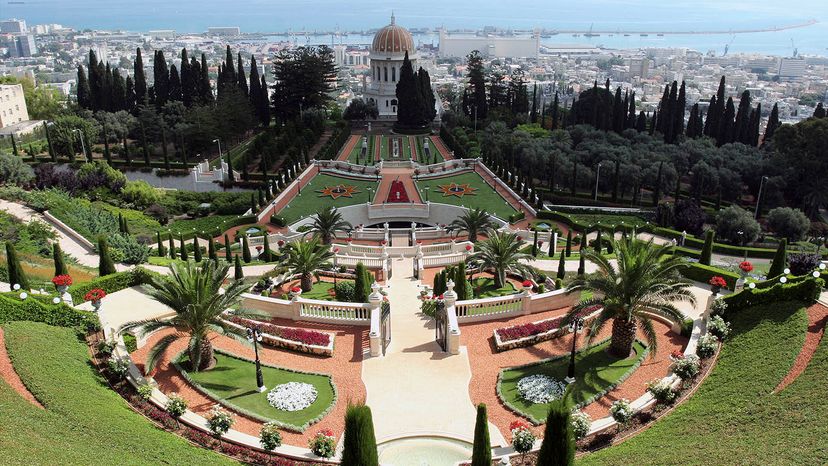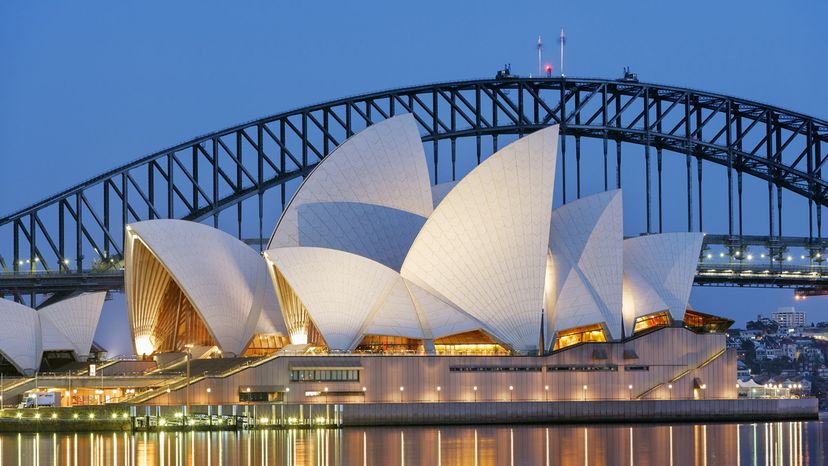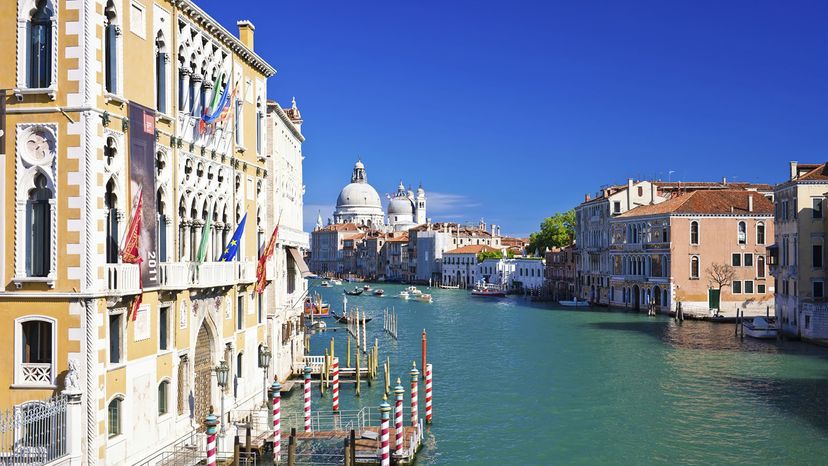
Rising temperatures + melting glaciers = higher seas levels. With those surging waters comes the potential for lower-lying land areas around the globe to be washed out, according to climate scientists. They're not just talking about a handful of backwater locales already rendered nearly vacant by the invisible hand of modern progress. If a pair of European researchers is right, some of the most important historic, architectural, cultural and religious destinations on the planet may eventually be lost to the seas.
First, the numbers: Sea levels are expected to rise by as much as 7.5 feet (2.3 meters) per every 2 degrees Fahrenheit (1 degree Celsius) that global temperatures increase, according to researchers at the Potsdam Institute for Climate Impact Research. With average surface temperatures possibly ticking up by as much as nearly 9 degrees F (5 degrees C) by 2100, that would mean an accompanying sea-level jump of about 30 feet (9 meters) [source: Montaigne].
Advertisement
If warming rates continue to rise, researcher Ben Marzeion of the Institute for Meteorology and Geophysics and the Potsdam Institute's Anders Levermann say that as many as 136 designated locations deemed World Heritage Sites by the United Nations could be washed into the sea in the next 2,000 years. While that may seem like a long time, some of the current U.N. World Heritage Sites more than 2,000 years old [sources: CBC News, Marzeion and Levermann]. Let's take a look at some structures that could be affected, from the remains of a 3,000-year-old civilization to a torch-toting monument to American freedom, in chronological order.
This story is part of Covering Climate Now, a global collaboration of more than 250 news outlets to strengthen coverage of the climate story.
